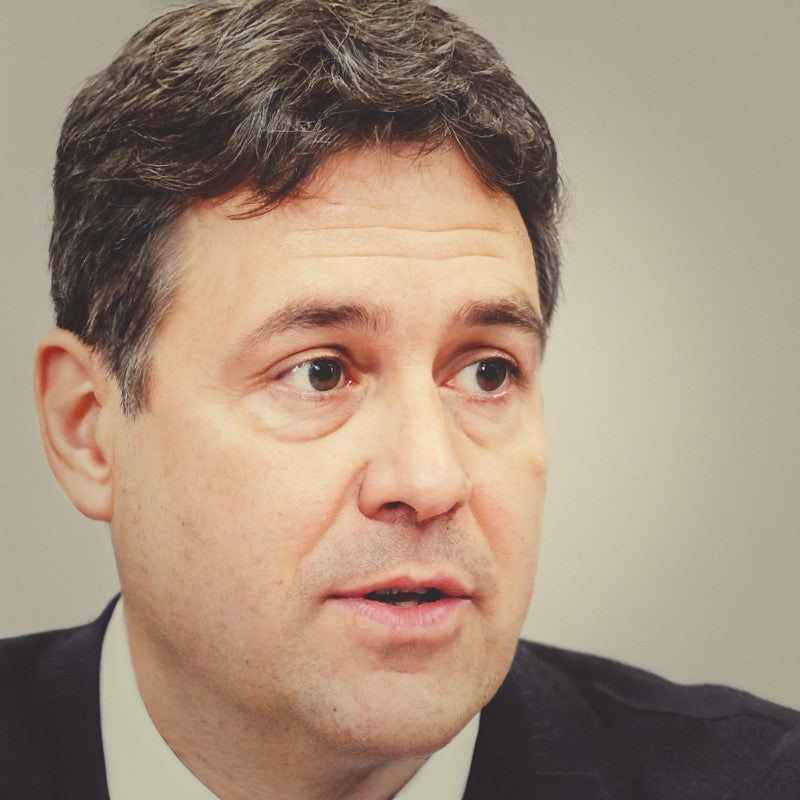The 250-word statements required for Civil Service exams are often the most daunting part of the application process.
Candidates frequently find these brief, yet crucial, essays challenging because they need to convey competence and alignment with key behaviours succinctly and effectively.
However, with a thorough understanding of the behaviour in question and a solid structure, this perceived weakness can transform into a significant strength.
Understanding "Seeing the Big Picture" at the Senior Executive Officer (SEO) Level
The "Seeing the Big Picture" behaviour is pivotal for the Senior Executive Officer (SEO) role. At this level, it entails a deep understanding of the broader context in which the Civil Service operates, including political, social, and economic factors. SEOs are expected to not only recognize but also anticipate how these factors influence their work and the strategic direction of their departments.
Unlike lower levels, where the focus may be on understanding immediate impacts and following directives, the SEO level demands a proactive approach. SEOs must demonstrate an ability to integrate their team's objectives with overarching governmental priorities, foresee challenges, and contribute to long-term planning. This means thinking beyond day-to-day operations and considering the ripple effects of their decisions on a larger scale.
Structuring Your Statement: The B-STAR Technique
To effectively showcase your capability in "Seeing the Big Picture," the B-STAR technique is highly recommended. This structured approach ensures that your statement is clear, concise, and comprehensive.
Belief: Start by outlining your core belief or principle related to the behaviour. For "Seeing the Big Picture," this could be a commitment to aligning your team's goals with broader governmental objectives.
Situation: Briefly describe a situation that required you to demonstrate this behaviour. Ensure it is relevant and significant, illustrating your understanding of the broader context.
Task: Specify your role in the situation. As an SEO, this should highlight your leadership and strategic thinking responsibilities.
Action: Detail the actions you took to address the situation. Focus on how you integrated your understanding of the bigger picture into your decision-making process.
Result: Conclude with the outcomes of your actions. Emphasize the positive impact on your team, department, and how it contributed to the broader goals of the Civil Service.
This method not only helps in organizing your thoughts but also ensures that you cover all necessary aspects of the behaviour in a coherent and impactful manner.

Check out 50 example statements covering all 9 behaviours
Now, let me share an example statement that follows this structure:
250 Word Statement Example
I believe that understanding the big picture is essential for making strategic decisions that benefit both the organization and its stakeholders. This belief guides my approach to project management and leadership.
As a Program Manager, I was tasked with launching a new water sanitation project in rural communities. Understanding the strategic importance of this initiative, I aligned our activities with the broader organizational goals of improving public health and enhancing community well-being.
I began by conducting a needs assessment, involving local community leaders, government officials, and other NGOs. This helped me identify key areas where our efforts would have the most impact and understand the regulatory and cultural contexts we would be operating in.
To ensure our project aligned with wider organizational priorities, I organized a series of planning sessions with my team and key stakeholders. We developed a detailed project plan that outlined our objectives, activities, and timelines, ensuring everyone understood their roles and how their contributions fit into the bigger picture.
I remained vigilant to emerging issues by setting up regular monitoring and evaluation processes. This involved tracking progress against our goals, gathering feedback from the community, and adjusting our strategies as needed.
I also prioritized knowledge sharing and learning within the team. I encouraged team members to share their experiences and insights during our weekly meetings, fostering a culture of continuous improvement.
Through collaborative efforts and strategic adjustments, we successfully implemented the project, resulting in a 50% increase in access to clean water for the targeted communities.


